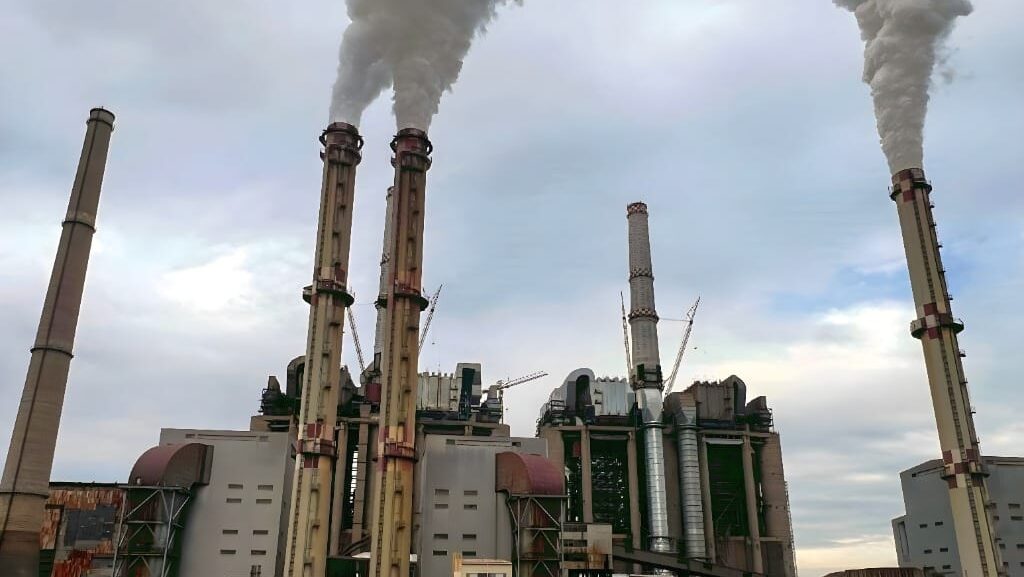On a chilly morning earlier this month, 59-year-old Marinela Ungureanu woke to an unexpected power cut in her home in Isalnita, a small town in southern Romania.
The outage was ironic, given Isalnita is home to one of the country’s biggest – and oldest – coal-fired power plants, once a symbol of Romania’s industrial development during the days of communism.
In theory, power shortages should be the last thing residents of Isalnita should have to worry about.
The electricity supply to Ungureanu’s home was restored within a few hours, with technicians blaming the blackout on a malfunction in the town’s aging transmission network.
Still, Ungureanu, like many of her neighbours, fears such incidents will only become more frequent, after the government this month announced the closure of the power plant as of January 1 next year under a commitment to reduce carbon emissions by transitioning away from coal.
The closure marks only the first step in a broader process of restructuring and modernising the state-owned lignite power company CE Oltenia, a vast network of coal mines and power plants, including Isalnita, producing about 2.6 gigawatts of coal-based electricity, or roughly 15 per cent of Romania’s total energy output.
Romania relies on a diverse energy mix that includes natural gas, coal, hydropower, nuclear energy, and an increasing share of renewables.
The government pledged five years ago to phase out lignite and hard coal by 2026, in line with its commitments under the European Union’s recovery and resilience plan, which provides billions of euros in funding for the country’s green transition.
But now it wants more time, amid delays to the construction of alternative sources – and the EU this week agreed to provide a little flexibility.
